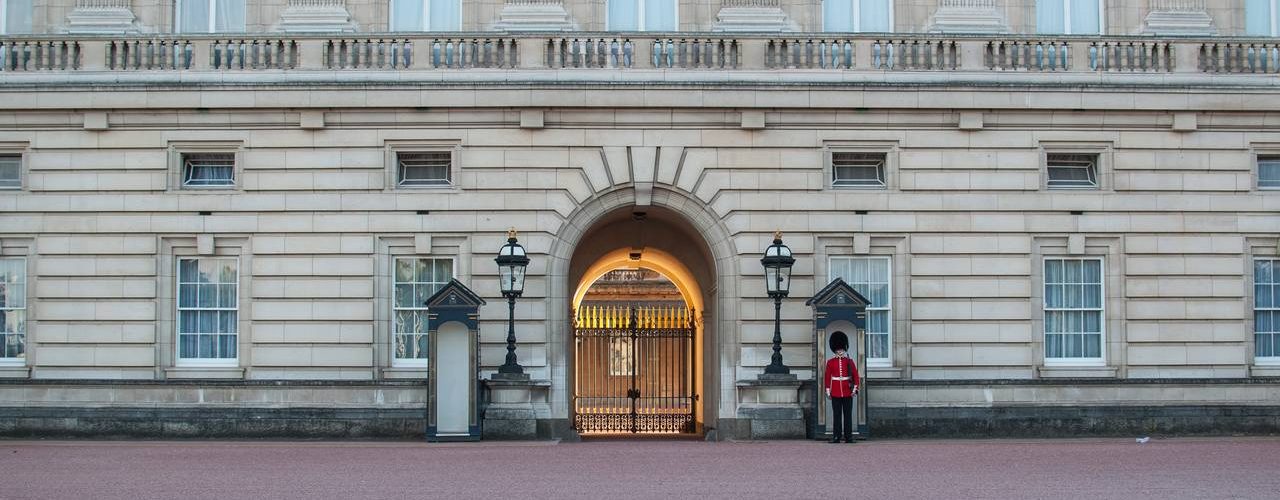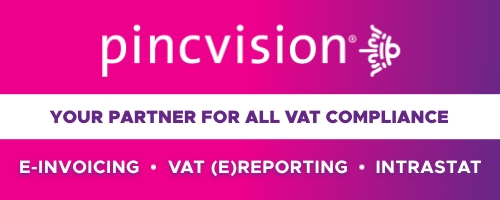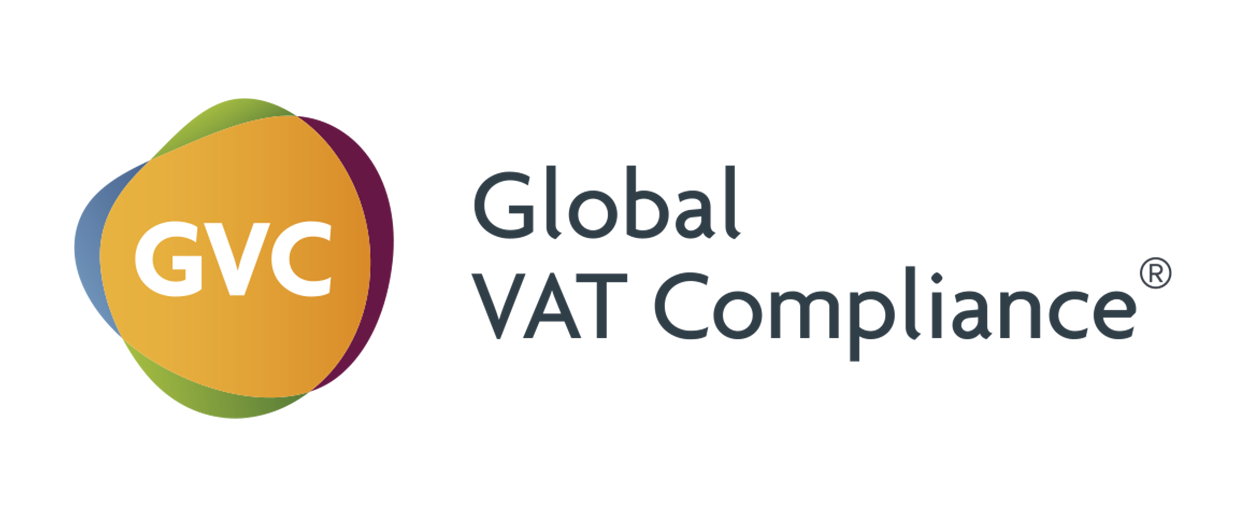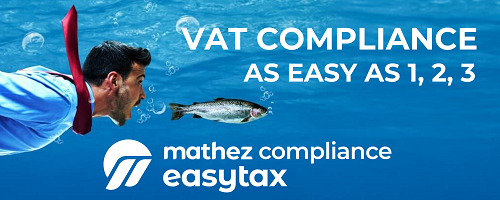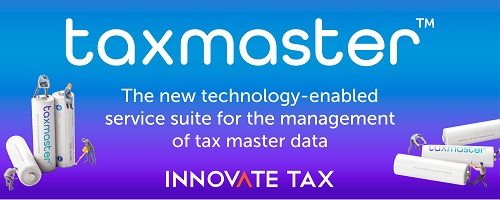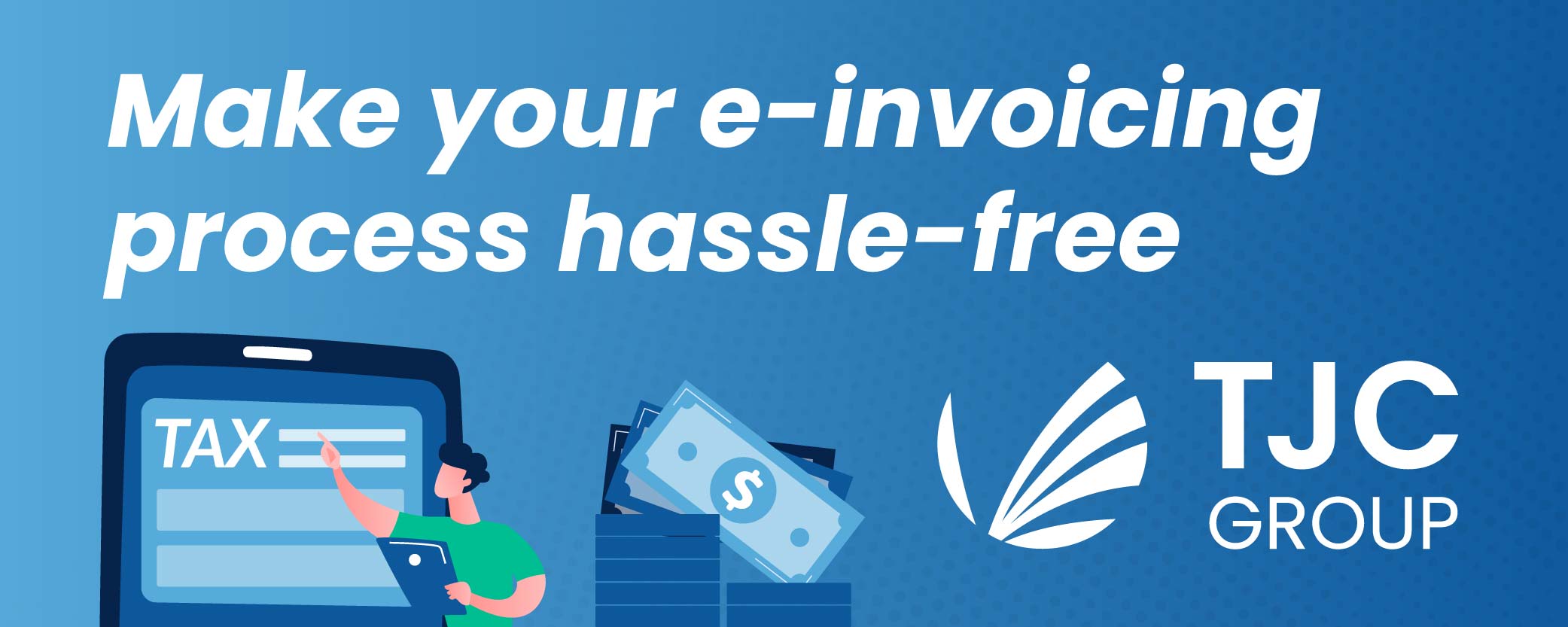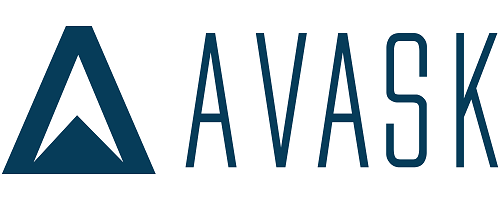Contents
- Overview
- Goods that have been lost
- Goods that have been stolen
- Goods lost because of fraud
- Goods that have been damaged or destroyed
Executive Summary:
This document provides a summary of the VAT treatment of goods that are lost, stolen, damaged, or destroyed, as outlined by UK government guidance (GOV.UK) and associated educational materials. The key takeaway is that VAT implications depend heavily on factors such as when the loss/damage occurs, who bears the responsibility for the goods at that time (seller or customer), whether a VAT invoice has been issued, and whether insurance claims are involved. Maintaining meticulous records is crucial for VAT compliance and inspections by HM Revenue & Customs (HMRC).
Key Themes and Ideas:
- Responsibility and Contractual Terms:
- The most critical factor determining VAT liability is the agreement between the seller and the customer regarding responsibility for the goods. As stated by GOV.UK, “The VAT treatment depends on whether or not you’ve actually supplied the goods, what happened to them, who was responsible for them at the time and if you’ve issued a VAT invoice.”
- If the customer is responsible for losses before delivery, VAT is due on the full amount of the sale, as if it were a normal transaction. The FAQ states this clearly: “If the customer is responsible for losses before delivery, VAT is due on the full sale amount, just like a normal transaction.”
- If the seller is responsible for losses before delivery, VAT treatment depends on whether a VAT invoice has been issued. If an invoice has been issued, VAT is due on the invoiced amount, less any credit given to the customer. If no invoice has been issued, no VAT is due because no supply has been made. GOV.UK notes, “If you’ve issued a VAT invoice to your customer, VAT is due on the amount you invoiced, less the value of any credit you’ve given the customer.”
- Therefore, clearly defined contractual terms are essential.
- Theft:
- If goods are stolen from the seller’s premises before a customer has been invoiced, no VAT is due. The GOV.UK guidance states, “If goods are stolen from your premises there’s no VAT due on them as long as you haven’t already invoiced a customer for them. There’s no VAT due because you haven’t supplied anything.” The FAQ echoes this point.
- If goods are stolen after sale but before customer collection, and the customer is contractually responsible, VAT is due. If the customer is not responsible, then whether VAT is due depends on whether a VAT invoice has been issued.
- VAT retail scheme calculations may need adjustments if goods are stolen. “If you use one of the VAT retail schemes and you’ve had goods stolen this might involve making adjustments to your scheme calculations for VAT purposes” according to GOV.UK.
- Fraud:
- To avoid unnecessary VAT on goods lost due to fraud, businesses must report the incident to the police and contact HMRC with details of the case, including the police reference number. As stated by GOV.UK, “To avoid paying VAT unnecessarily on goods that you lose because of fraud, you’ll need to: report the incident to the police; contact HM Revenue & Customs ( HMRC ) and give them details of the case.”
- HMRC will review the case and advise on the appropriate course of action.
- Damage and Destruction:
- Damaged goods sold at a discounted price are subject to VAT on the sale price in the normal way. They cannot be treated as second-hand goods under a margin scheme. As the FAQ notes, “If damaged goods are sold at a discounted price (e.g., as damaged goods or scrap), VAT is due on the sale price in the normal way. These goods cannot be treated as second-hand goods and included in a second-hand margin scheme for VAT purposes.”
- If damaged goods are destroyed and are no longer saleable, no VAT is due on the destroyed goods, particularly if they (or what’s left) are handed over to the insurer. The GOV.UK guidance explains, “If this happens and you hand over the goods – or what’s left of them – to your insurer, there’s no VAT due.” Additionally, no VAT is due on any insurance money received to cover the loss.
- Record Keeping:
- Detailed records must be kept for all transactions related to lost, stolen, damaged, or destroyed goods, regardless of whether VAT is ultimately due. The FAQ is clear on this point: “Regardless of whether VAT is due, you must keep detailed records of all transactions related to lost, stolen, damaged, or destroyed goods.”
- Records should include details of when goods were lost, the reason for the loss (e.g., theft, damage), details of any credit notes issued, insurance claims made, and the outcome of any investigations (e.g., police report). This documentation will be required for VAT inspections.
- VAT Retail Schemes:
- If a business uses a VAT retail scheme and has goods stolen, adjustments to the scheme calculations might be required. The specifics depend on whether it is a direct calculation retail scheme or a point of sale retail scheme.
Important Considerations:
- “Supply” Definition: The concept of a “supply” is crucial. If no supply has taken place (e.g., goods stolen before invoicing), then no VAT is generally due.
- Insurance: While money received from insurers to cover losses is not subject to VAT, HMRC will require evidence of insurance claims and payment details during inspections.
- HMRC Discretion: HMRC has the power to review cases of fraud and advise on the appropriate course of action.
- Regular Review: Businesses should regularly review their contracts and procedures to ensure they are correctly accounting for VAT on lost, stolen, damaged, or destroyed goods.
Conclusion:
Understanding the VAT treatment of lost, stolen, damaged, or destroyed goods requires careful consideration of contractual responsibilities, timing of events, and appropriate record-keeping. Businesses should consult the official GOV.UK guidance and seek professional advice where necessary to ensure compliance with VAT regulations.
Source gov.uk


